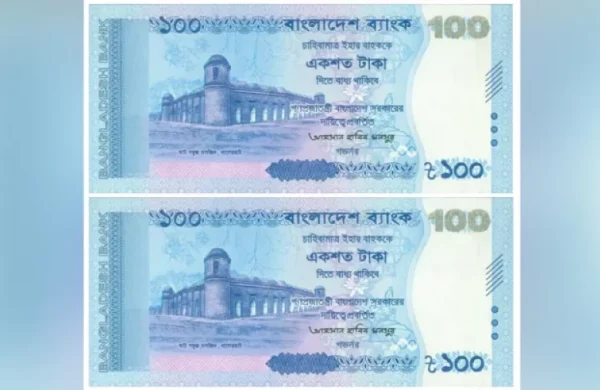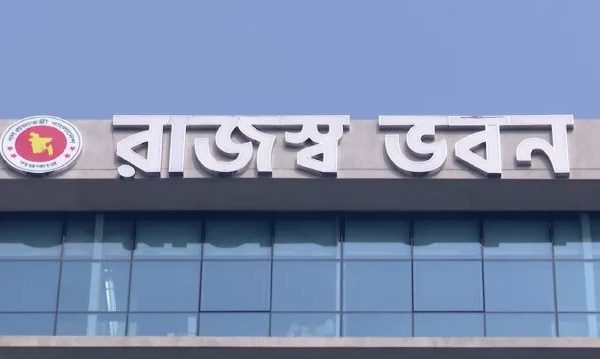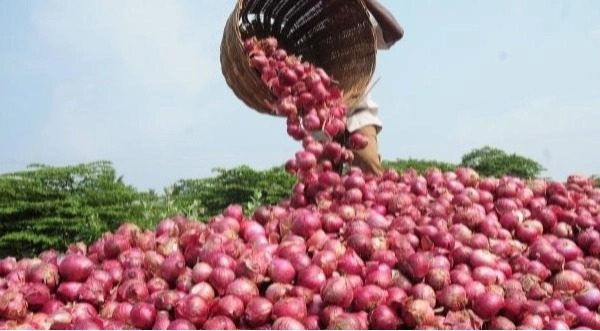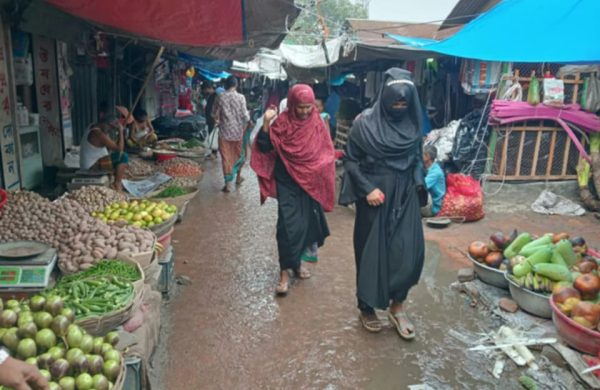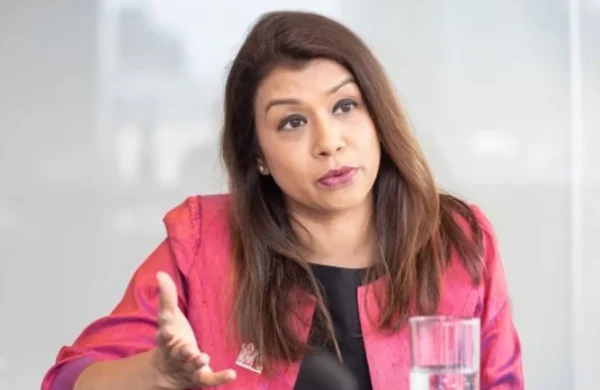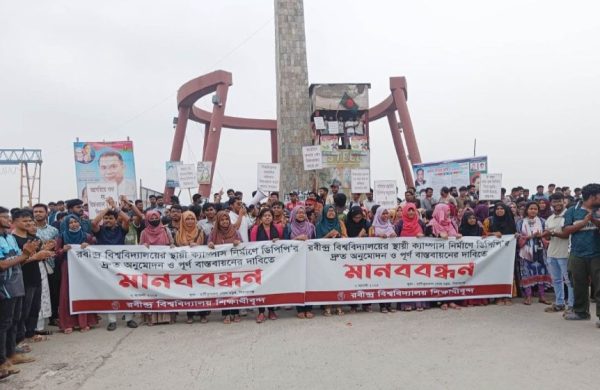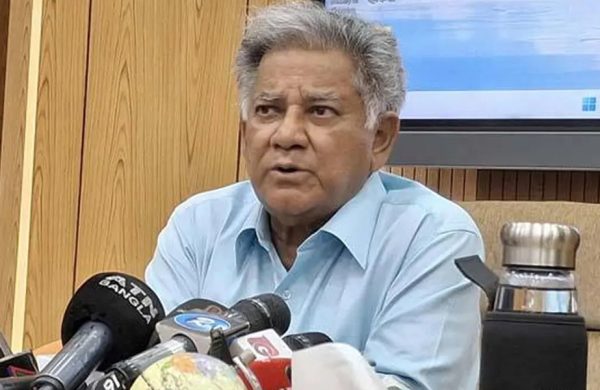Banks bleed under provisioning
- Update Time : Sunday, August 10, 2025

TDS Desk:
The banking sector’s profits have been battered in the first half of 2025 as a wave of non-performing loans forced lenders to set aside record-high provisions, exposing deep structural weaknesses and pushing several banks into heavy losses.
Bangladesh Bank data show provisioning shortfalls soaring to Tk1.77 lakh crore by March, with defaulted loans crossing the Tk5 lakh crore mark.
As a result, among the 36 banks listed on the stock exchanges, 20 experienced a decline in net profit – including six that slipped into losses – in January-June this year compared with the same period last year, while only 12 managed to sustain positive growth. The remaining four banks have yet to disclose their half-yearly results, according to the Dhaka Stock Exchange.
Banks are required to set aside a specific amount of funds, known as a provision, to cover potential loan losses. When provisions fall short of the required level, the gap is called a provisioning shortfall.
The provisioning pressure has not only squeezed profitability but also driven down Net Asset Value per Share (NAVPS) for many banks, raising concerns over the sector’s overall financial stability.
Dr Zahid Hussain, former lead economist of the World Bank’s Dhaka office, told the media, “Now, the actual figures on non-performing loans (NPLs) are coming to light. In addition, due to the central bank’s new circular, loans are now classified as non-performing after just 90 days. To improve compliance, some simplifications have been made in provisioning requirements. As a result, I expect the volume of NPLs to continue rising until September. This will, in turn, affect banks’ provisioning, profit and loss statements, and capital.”
Between 15 and 20 banks are effectively bankrupt, he noted, adding that these banks must be brought towards some form of resolution – either merged with other banks or sold to interested investors, if any.
“All banks are facing capital shortfalls and liquidity problems. Whether they will be merged, sold, taken over by the government, shut down, or go into liquidation – the Bank Regulation Ordinance outlines various options. The biggest challenge is determining which option applies to which bank. Work has already begun on regulatory reforms, and measures like the CL (classified loan) and provisioning requirements have started to be implemented,” said Dr Zahid.
DEEP DIVE INTO LOSSES
According to unaudited financial statements, AB Bank recorded the largest loss among its peers, with a staggering Tk1,762 crore loss in H1 2025. The bank posted a loss per share of Tk19.84 for the first half of 2025, compared with an EPS of Tk0.16 in the same period of 2024.
Jasim Uddin, company secretary of AB Bank, told the media the steep fall in earnings was mainly due to a decline in net interest income, which directly hit profitability. However, he noted that Net Operating Cash Flow Per Share (NOCFPS) improved thanks to increased customer deposits and higher deposits from other banks.
Two other banks also reported losses exceeding Tk1,000 crore during H1 2025: First Security Islami Bank with Tk1,692 crore, and IFIC Bank with Tk1,128 crore.
First Security Islami Bank posted a loss per share of Tk14.01 for the first six months of 2025, down sharply from an EPS of Tk0.74 in the same period of 2024.
The bank’s Company Secretary Nijam Kazi attributed the decline mainly to an increase in classified investments and a fall in net investment income.
NOCFPS also dropped due to lower customer deposits and reduced placements from banks and other financial institutions. The bank’s NAVPS fell as classified investments rose and retained earnings declined.
IFIC Bank reported a loss per share of Tk5.87 for H1 2025, compared with an EPS of Tk0.33 a year earlier, reflecting the overall stress on asset quality and the weight of increased provisioning.
National Bank’s net loss reached Tk985 crore in H1 2025, with a loss per share of Tk3.06 compared to Tk1.99 in the corresponding period last year.
Its Company Secretary Kaiser Rashid said the bank was unable to book interest income on loans and advances due to non-recovery from defaulters, while higher interest expenses on deposits and borrowings further strained results.
Social Islami Bank posted a net loss of Tk493 crore, with a loss per share of Tk4.33 compared to Tk0.50 in the same period last year.
According to Bangladesh Bank, National Bank tops the list for provisioning shortfall with Tk21,921 crore, followed by IFIC Bank (Tk18,918 crore), First Security Islami Bank (Tk15,271 crore), and Social Islami Bank (Tk10,571 crore).
PROFITABLE BANKS DRIVEN BY INVESTMENT INCOME
Despite the bleak outlook for much of the sector, some banks managed to sustain profitability in H1 2025, largely thanks to robust investment income and effective deposit mobilisation.
BRAC Bank led the pack with a consolidated profit of Tk905 crore for H1 2025, while EPS rose to Tk3.56 from Tk2.62 a year earlier. A 71% jump in investment income – from Tk1,191 crore to Tk2,044 crore – offset a decline in net interest income, which fell to Tk817 crore. BRAC Bank also became the first bank in Bangladesh to cross the $1 billion mark in market capitalisation.
Pubali Bank PLC posted the second-highest profit with Tk577 crore, followed by Prime Bank PLC (Tk409 crore), Eastern Bank PLC (Tk351 crore), and City Bank PLC (Tk339 crore) for the first half of the year.
AWAITING DISCLOSURES
Four banks have yet to release their unaudited H1 2025 financial statements: Global Islami Bank PLC, Islami Bank Bangladesh PLC, Premier Bank PLC, and Union Bank PLC.




